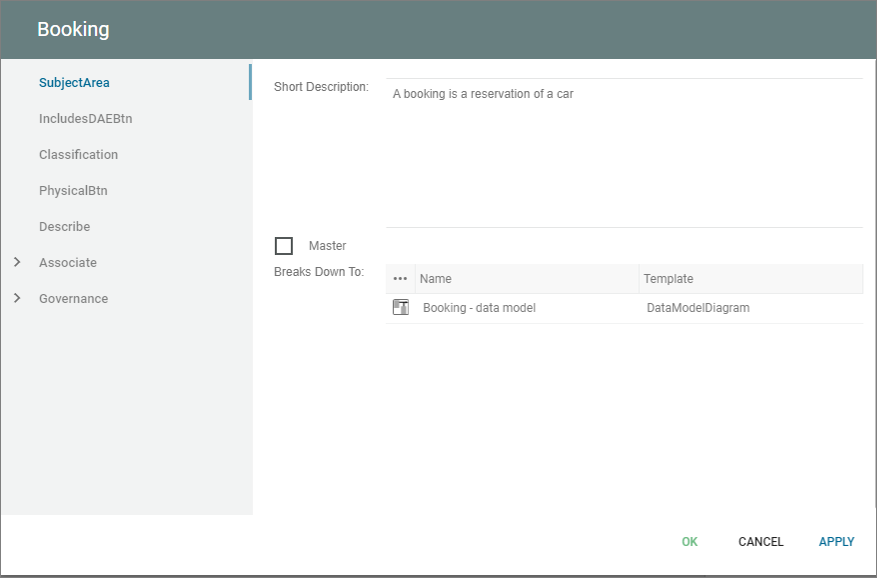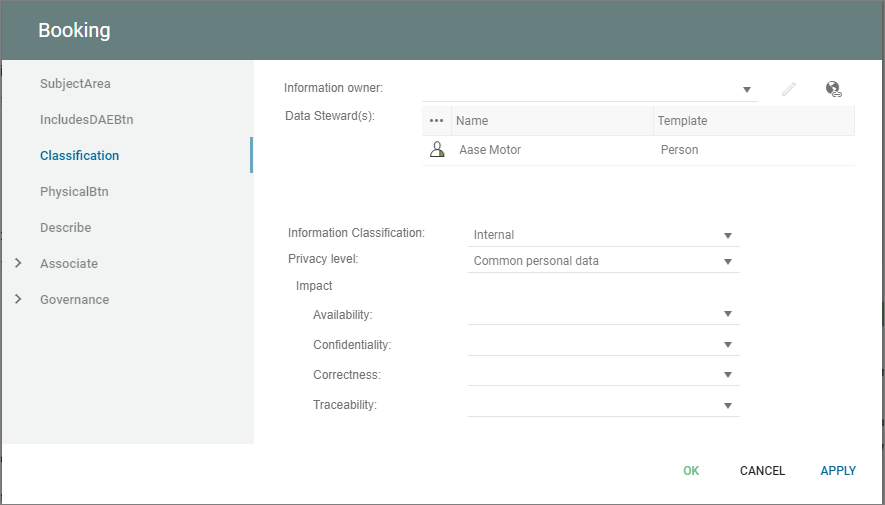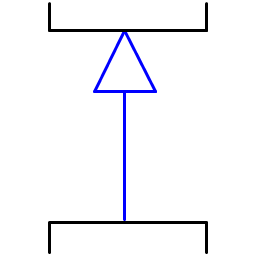A long term plan of goals and activities.
QLM Users
Strength
The strength object refers to a positive aspect of a process, workflow, or journey that contributes to its success. It is a characteristic or attribute that helps to achieve the desired outcome. For example, in a customer journey map, a strength might refer to the ease of use of a website or the responsiveness of customer service. In a process map, a strength might refer to the efficiency and reliability of a particular stage in the process.
Sub Criterion
The results of the evaluation (scoring), criterion number and criterion weight is made on the Sub Criterion dialog
Subject Area
Subject Area defines major groupings of data or information concepts.

It can be broken down to a more detailed information modelling diagram(s).
A subject area can be classified:

Substitute
A substitute is used on a FreeHandDiagram when the decomposition of entities that are not diagramatic symbol or symbols that are not currently included in the diagram syntax is created.
A graphical replacement for decomposing non-graphical entities.
Swim Lane
A graphical indication that the activities are carried out by the same logical (or physical) entity.
Note, it is a legacy template previously used in UML diagrams such as Activity Diagram, in the latest syntax the template Activity Partition is used instead.
System Area
A generic grouping mechanism for Information System. A system could be belongs to multiple System Area’s each representing different grouping perspective.
System Component
A logical part of a system
System Dependency
System dependency refers to the relationship between different systems or components within a larger system. It shows which components rely on others to function properly, and how changes to one component can affect the others.
For example, if an application depends on a database to store and retrieve data, then a change to the database (such as an upgrade or maintenance) could affect the application’s performance. Similarly, if a server depends on a network to communicate with other servers or clients, then a network outage could disrupt the server’s ability to function.
Understanding system dependency is important for ensuring the reliability and stability of a system, and for planning upgrades or modifications. By identifying which components are critical and which are less important, organizations can prioritize their resources and investments accordingly.
Concept Generalization
A property from a subclass to a superclass possibly via a SpecializationAspect. A subclass is a subset of a superclass possibly overlapping other subclasses.
